Kite fishing for giant tuna is the all jacked up, steroided out version of fishing a topwater plug for striped bass. The two concepts are at their foundations very similar. The only difference is that kite fishing can generate surface strikes from tuna the size of automobiles!
If witnessing a massive topwater hit from a car sized animal interests you, then I suggest reading on. Kite fishing has become one of the most popular methods for taking giant bluefin tuna, and for good reason-it can be extremely exciting and effective.
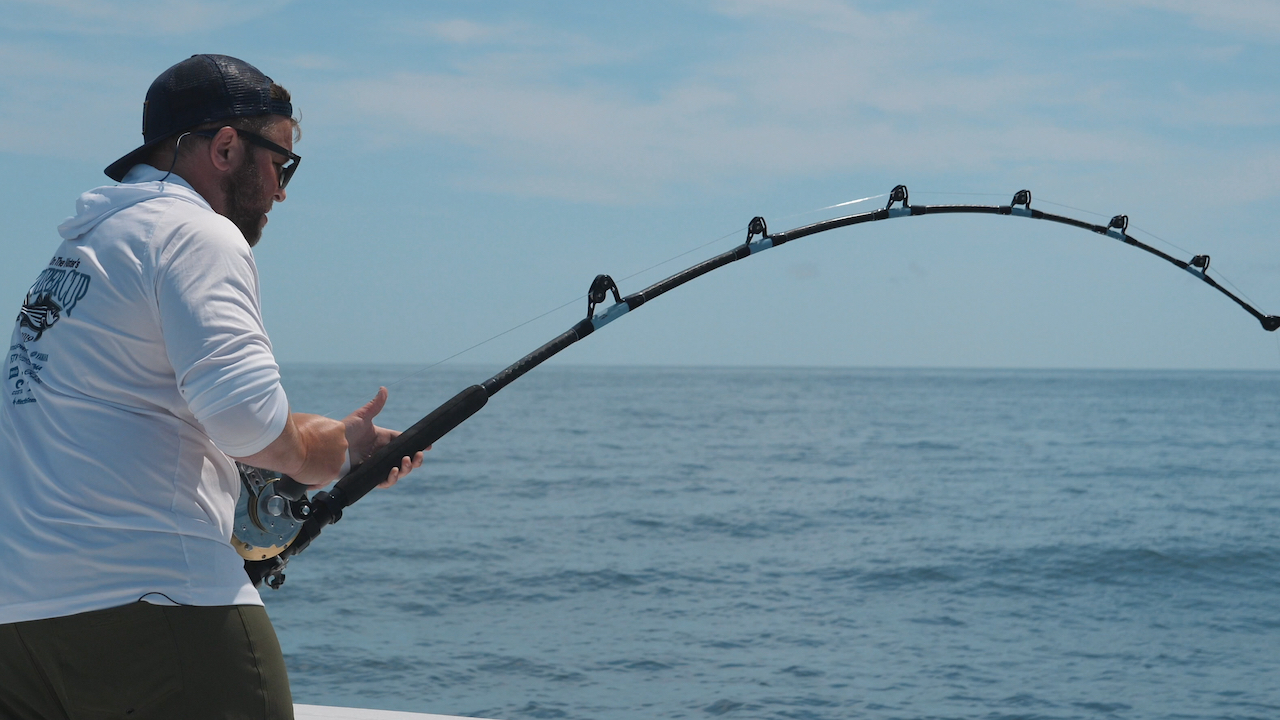
For the crew of my boat the Miss Loretta, kite fishing proved to be quite the learning experience. Our first few attempts at getting the kite in the air failed miserably. We watched our kites plunge into the ocean and fly off into the heavens, sometimes while tuna crashed around our boat.
However, we chose to stick it out, and after some changes to our gear and techniques, we were able to get our kites flying high and strong and our baits swimming nicely on the surface. When we finally got to watch a 700 pound giant tuna crush a hapless bluefish right on the surface, we realized why it pays to learn how to fish a kite!
The Kite Fishing Concept
Kite fishing allows an angler to keep a live bait swimming on the surface. The kite physically lifts the bait, and prevents the bait from swimming downward.
The result is a live bait, virtually half out of the water, swimming and thrashing frantically on the surface-basically ringing the dinner bell for any tuna in the vicinity.
Placing a live bait on the ocean’s surface creates a silhouette when viewed from beneath. This increases the likelihood that your bait will be noticed by that giant tuna passing below.
Bait fish rarely spend extended periods of time on the surface of the ocean, unless they are injured or being pursued by predators. Kite fishing places live baits in an out of the ordinary situation that beckons predators to investigate.
Kite Fishing Gear
Obviously kites need wind to work and the more breeze there is, the easier it will be to get your kite flying high. However, making a few minor adjustments in gear can make a big difference in how your kite will perform in breezy, as well as calm conditions.
Different Kite Brands
There are many variations of kites on the market. Some of which fly with relative ease while others prove more difficult to get a handle on. We have had success using Boston Big Game kites as well as Power Chute and Mega Mouth fishing kites.
Using Braid vs. Dacron
Utilizing a kite rod and reel loaded with 100 pound braided line has a few distinct advantages over a reel loaded with dacron. Braided line does not allow any stretch, while also providing more line strength with less line diameter.
Essentially this means that the kite attached to braid will have to lift less weight than the kite attached to dacron. The extra strength provided by braid will also help ward against snapping off a kite in windy conditions.
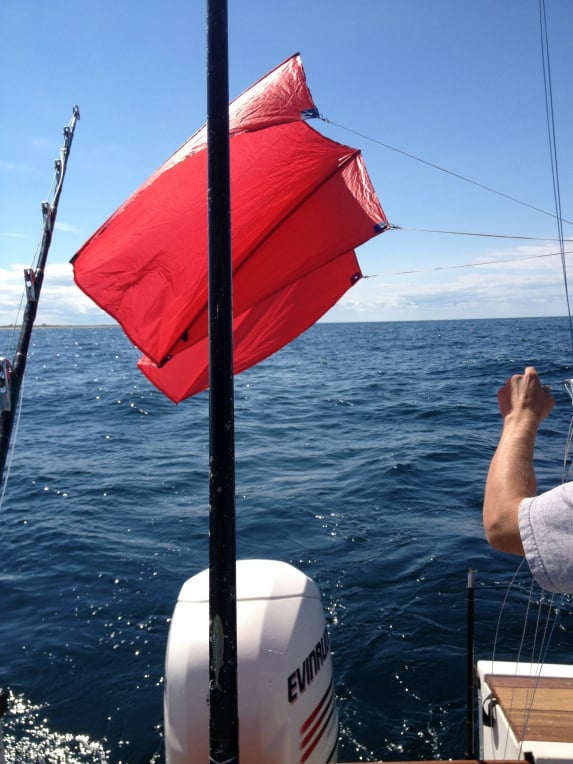
Loading your 50, 80 or 130 class reel with braided line will also help to make kite fishing more effective and efficient. A reel loaded with 2oo pound dacron can still be fished with a kite, however the bulky dacron (when compared to the thin diameter of braid) will make it more difficult to fish with a kite during light and variable wind conditions.
Kite Clips
When we first began fishing kites we employed simple, run of the mill kite clips. Now, with a year of experience under our belts, we discovered that using kite clips with rollers makes life a bit easier.
The rollers allow the main line coming from our 80 and 130 class reels, to slide easily through the clips with less resistance. This helps keep our baits positioned happily on the surface, instead of dangling in mid air-due to the friction created by non-roller kite clips.
Bridles
Using a bridle to rig live baits can help to minimize injury to the bait. This is important because live pogies, mackerel and bluefish often times require a lot of time and energy to acquire. It is vital to keep the baits alive and frisky.
Instead of traditionally hooking a bait through the top of the back or through the snout, a bridle can be threaded through the bait-much like stitches through skin. This way the hole pierced through the bait is much smaller than that created by traditionally hooking the bait. The bait will swim long and with more vigor due to this small alteration in technique.
Drop Lines
Braided drop lines can also be part of an angler’s kite fishing arsenal. Drop lines run from the ball bearing swivels, which are spaced throughout the kite reel’s braided line, down towards the ocean’s surface. The length of these lines will vary depending on wind conditions.
Attach a roller kite clip to the tag end of the drop line. Your main running line will run through the roller kite clip. Drop lines allow your main line to remain closer to the water’s surface, instead of towering high in the sky.
Check out the diagram below to get a better understanding of how this all ties together.
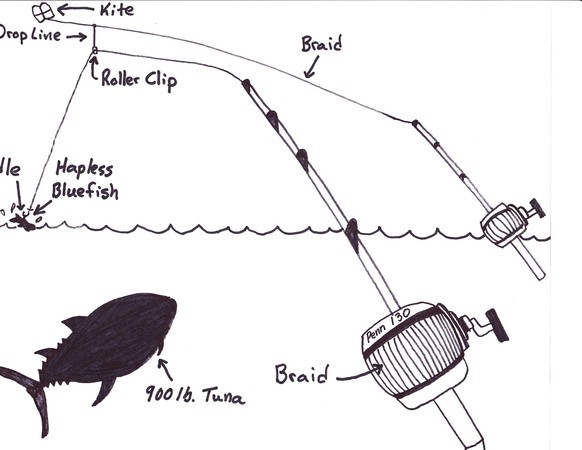
Best Baits for Kite Fishing
Of course it is impossible to do any sort of kite fishing without quality live bait. Fortunately Massachusetts Bay, Cape Cod Bay and Stellwagen Bank have no shortage of bait options. Unfortunately extra time, effort and sometimes dollar bills are required to obtain live bait.
Pogies
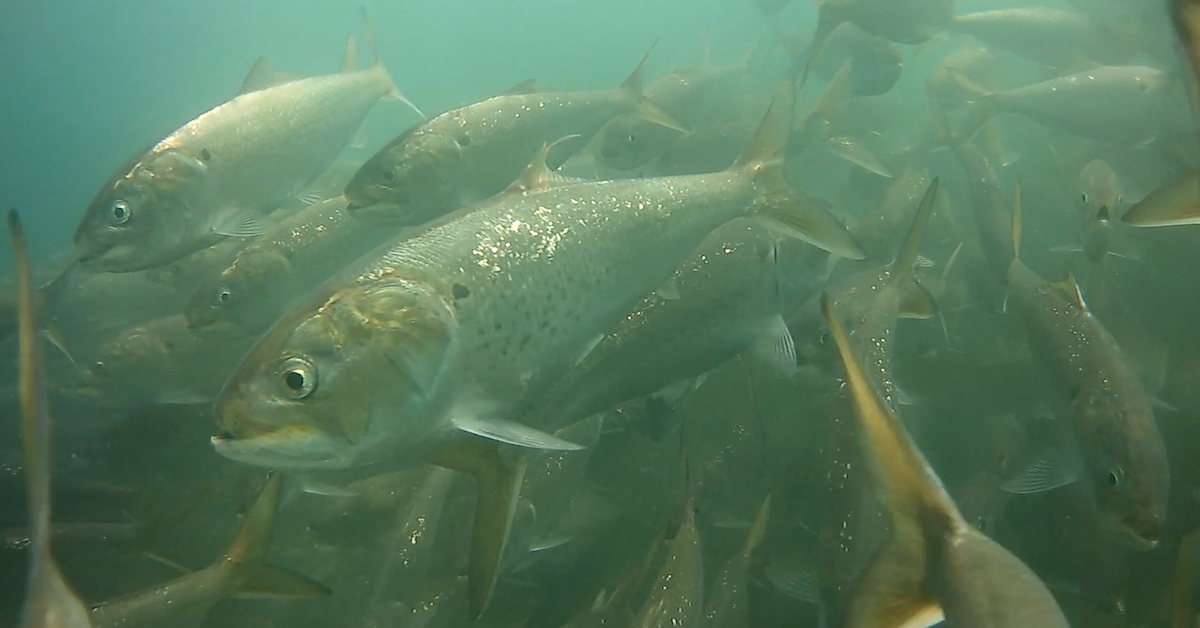
Pogies call many of our local bays and harbors home during the season. Some years see more dense populations of pogies than others.
These fish can be caught using cast nets and gill nets, or can be bought from local live pogie suppliers.
Bluefish
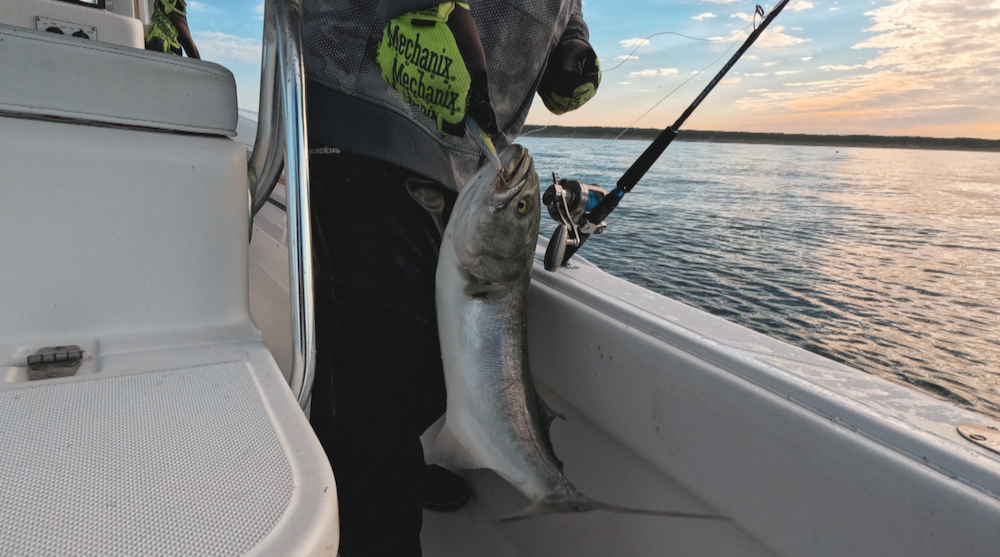
Bluefish make fantastic kite baits. Unfortunately blues seem to possess an uncanny ability to be everywhere when you don’t want to catch them, and nowhere to be found when you need them.
To make our live bluefish supply a little more reliable, we have set up a network of live bait pens at friends’ docks and moorings. In an ideal world we will load up the bait pens with bluefish, providing a reliable bait supply for multiple giant tuna trips.
Mackerel
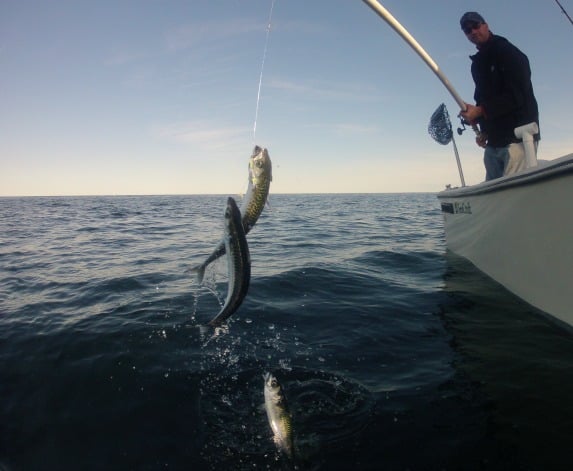
During the spring and fall, anglers fishing in our neck of the woods are blessed by a nice run of atlantic mackerel.
These fish are usually easily jigged up in water depths of 50-80 feet using sabiki rigs. A high quality sonar system is critical to finding the mackerel schools.
Tight lines!



loved the read thank you Greg.
My pleasure Greg. Thank you!